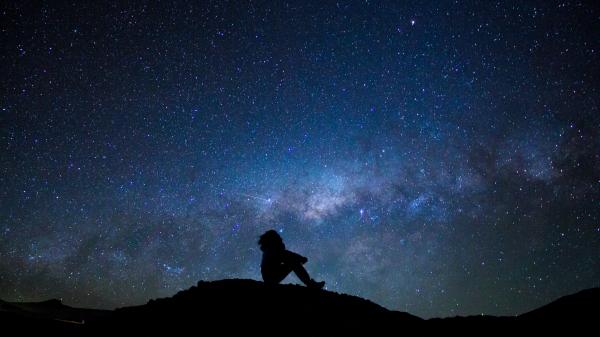How to See Meteor Showers
Meteor showers are nature's own fireworks. Made of thousands of meteors, they can be spectacular sights to see. Below, we answer all your questions and provide you with handy tips to make the most of your meteor-watching experience.

Meteor showers are a game of patience. Wait long enough, and you will be treated to a spectacular sight.
©iStockphoto.com/MarcoRof
When's the Next Meteor Shower?
The first step is, of course, to find out if there is a meteor shower coming up in your city. Check out our Meteor Shower Calendar to find out.
And When Does it Peak?
Annual meteor showers tend to take place over several days—some even over weeks or months—and it is possible to view several meteors on any day the shower is active. Astronomers and veteran stargazers, however, suggest trying your luck during the nights of peak activity, when the meteor shower is expected to have the highest number of shooting stars. Our Meteor Shower Calendar provides you peak dates for all major annual meteor showers in your location.
Is There a Best Time to View Meteor Showers?
Yes. The visibility of meteor showers depends on a variety of factors, which include: peak time, position of the radiant—the point in the sky where the shower seems to originate, moonrise and sunset times, and the Moon phase.
That's a Lot! Is There an Easier Way to Find Best Times?
Our Interactive Meteor Shower Sky Map has a meteor shower visibility conditions meter that calculates the best viewing times for your location. Just choose your preferred date and the map will provide you with the most optimal time to view the shower.
Keep in mind, the visibility meter does not take into account the weather or the cloud cover at your location.
Do I Need Any Equipment to Watch a Meteor Shower?
All you need is time and patience and a secluded viewing spot, away from city lights. Once you have found a safe and dark viewing spot, follow these handy tips:
- Fire up the Interactive Meteor Shower Sky Map on your mobile device to find out where to look in the sky for the radiant. Don't have a cellular signal? Don't despair. Just print out the table on the meteor shower page beforehand and bring it with you.
- Plan your trip such that you give yourself about 15-30 minutes to set up and let your eyes adjust to the dark.
- Dress for the weather.
- Meteor watching, like stargazing, can be a waiting game, so bring anything that will make your wait comfortable—blankets, reclining chairs, pillows, and warm beverages.
- Enjoy the show!